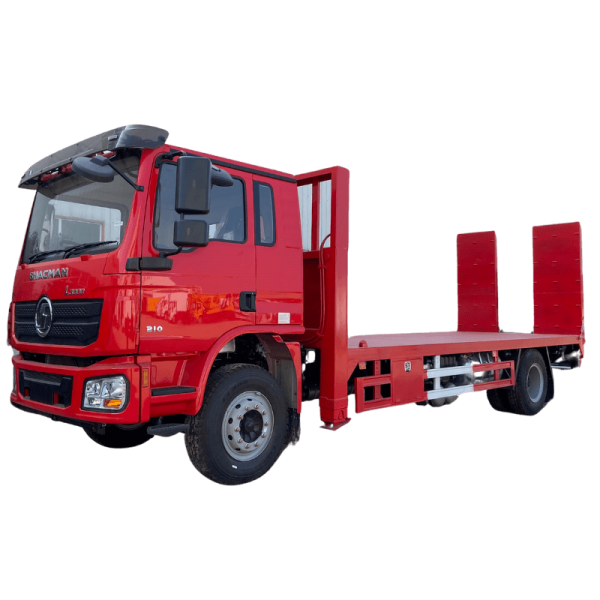Introduction:
Garbage compactor trucks play a pivotal role in waste management systems worldwide, ensuring efficient collection and disposal of solid waste. These robust vehicles are designed to handle immense loads of garbage, compacting it to maximize space and minimize the number of trips required for disposal. One crucial aspect of garbage compactor trucks that often goes unnoticed is their weight. In this article, we will delve into the weighty matters surrounding these trucks, exploring their significance, factors influencing weight, and the implications it has on waste management operations.
Section 1: Understanding Garbage Compactor Trucks
1.1 Definition and Function of Garbage Compactor Trucks:
- Explanation of garbage compactor trucks and their purpose in waste management.
- Overview of the compaction process and its various benefits.
1.2 Types of Garbage Compactor Trucks:
- Introduction to different types of garbage compactor trucks, such as rear loaders, front loaders, and side loaders.
- Explanation of their unique features, advantages, and applications.
Section 2: The Significance of Weight in Garbage Compactor Trucks
2.1 Load Capacity and Efficiency:
- Discussion on how weight impacts the load capacity of garbage compactor trucks.
- Analysis of how increased weight affects the efficiency and productivity of waste collection operations.
2.2 Vehicle Stability and Safety:
- Examination of the role weight plays in maintaining vehicle stability and preventing accidents.
- Overview of safety measures and regulations pertaining to garbage compactor truck weight.
Section 3: Factors Influencing the Weight of Garbage Compactor Trucks
3.1 Chassis Selection:
- Explanation of how the selection of chassis impacts the weight-bearing capacity of garbage compactor trucks.
- Discussion on chassis types and their suitability for different waste management requirements.
3.2 Compaction Mechanisms:
- Analysis of how the design and mechanism of compaction systems affect the weight of garbage compactor trucks.

- Exploration of different compaction mechanisms and their pros and cons.
3.3 Additional Features and Components:
- Discussion on the weight implications of additional features like hydraulic systems, lifting mechanisms, and safety equipment.
- Examination of how different components contribute to the overall weight of garbage compactor trucks.
Section 4: Implications of Weight in Waste Management Operations
4.1 Infrastructure and Road Conditions:
- Analysis of how the weight of garbage compactor trucks affects road conditions and infrastructure.
- Discussion on the challenges faced by waste management authorities in maintaining roadways.
4.2 Environmental Impact:
- Examination of the environmental consequences associated with the weight of garbage compactor trucks.
- Exploration of potential solutions to mitigate these impacts.
4.3 Economic Considerations:
- Overview of the economic implications of garbage compactor truck weight.
- Analysis of how weight affects fuel consumption, maintenance costs, and overall operational expenses.
Section 5: Innovations and Future Trends
5.1 Lightweight Materials and Technology:
- Discussion on the use of lightweight materials and advanced technologies to reduce the weight of garbage compactor trucks.
- Examination of ongoing research and development in this field.
5.2 Electric and Hybrid Options:
- Exploration of electric and hybrid garbage compactor trucks as sustainable alternatives.
- Analysis of how these vehicles can contribute to reducing weight and environmental impact.
https://www.heli-truck.com/foton-4ton-recovery-truck/ :
The weight of garbage compactor trucks is a crucial factor that significantly influences waste management operations. Understanding its significance, the factors influencing weight, and the implications it has on various aspects of waste management is essential for optimizing efficiency, safety, and sustainability. As advancements continue to be made in lightweight materials and technologies, the future of garbage compactor trucks looks promising in terms of reducing weight and minimizing environmental impact. By prioritizing weight considerations, waste management authorities can strive towards more efficient and sustainable waste collection and disposal systems.
